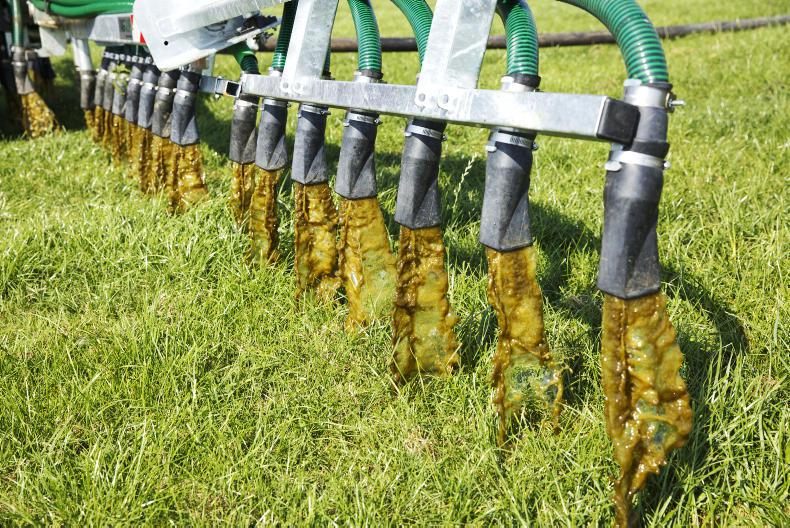Many of the 189 farmers who applied for a 40% grant under Tier 2 of the Farm Business Improvement Scheme (FBIS) have found the process to be frustrating, and not helped in some cases by difficulty in obtaining planning permission.
One farmer who has finally managed to get through planning for a free-range poultry unit told the Irish Farmers Journal that he has spent over £12,000 on planning fees and consultant reports just to reach this point. He is yet to receive confirmation from DAERA that his application to the FBIS has been successful.
Throughout the process, he has had consultants assessing the effect of his proposed development on air quality, hedgerows, watercourses and bat or badger activity.
However, it is the issue of air quality, and more specifically, ammonia emissions that prompted a strongly worded statement from the Ulster Farmers’ Union last week criticising DAERA. As part of the planning process, and to satisfy the NI Environment Agency (part of DAERA), applicants have been required to employ consultants to undertake an air quality impact assessment.
The assessment is required to establish whether the proposed new livestock unit is situated within 7.5km of designated sites (such as an area of special scientific interest, a national nature reserve or a special protection area) or 2km of a priority habitat (eg a raised bog or a woodland).
Where the new building is not close to a designated site or priority habitat, no potential impact is recorded, and the application can normally proceed. But where it is within the range of either, then a modelling exercise must be undertaken to establish the potential effect of ammonia emissions from the new livestock building on habitats in the surrounding area.
The modelling work should consider issues such as the prevailing wind direction, wind speed and the nature of the surrounding land between the development and the site or habitat.
“Some of the science and models being used are at best questionable and at worst fundamentally flawed. Many have jumped through NIEA’s hoops and paid out thousands for ammonia modelling,” claimed UFU president Barclay Bell.
He maintained that DAERA officials have refused to work with the union to find a practical solution, leaving some applications to the FBIS at risk of being rejected in planning.
“Many farmers are unaware of the issue, because DAERA has failed to tell them about it. There has been no communication and no guidance,” said Bell, who also insisted that if a minister had been in place, the issue would now be resolved.
A DAERA spokesperson said that the majority of Tier 2 applicants are not affected by this issue, but for those that are, they have been given more time to resolve issues in planning. They also insisted that the NIEA has not added any new requirements to the planning process.
Last month, the NI Environment Agency (NIEA) issued updated advice to planners on livestock installations and ammonia.
It describes ammonia arising from the decomposition of animal waste as the “most damaging pollutant from livestock units” and points out that while ammonia levels have been reducing in Britain, in NI it is on the rise.
Ammonia gas emitted from a livestock building is generally deposited in two ways – dry deposition within a few kilometres of the source, or wet deposition, where the gas dissolves in moist air, and is potentially carried over much greater distances. As noted in the NIEA guidance, the problem with ammonia gas is that, when deposited, it can result in the damage and death of plants. Lichens and mosses are the most sensitive. The habitats that are most susceptible to ammonia are bogs, heathlands, woodlands and low-nutrient grasslands.
Most of the designated sites and priority habitats in NI have reached or exceeded their critical level of ammonia.
Towards the end of last year, the then Agriculture Minister Michelle McIlveen tasked the expert working group led by John Gilliland to produce a report on ammonia from local agriculture. That will be a follow on from their report on sustainable land use in NI, published last October.






 This is a subscriber-only article
This is a subscriber-only article










SHARING OPTIONS: